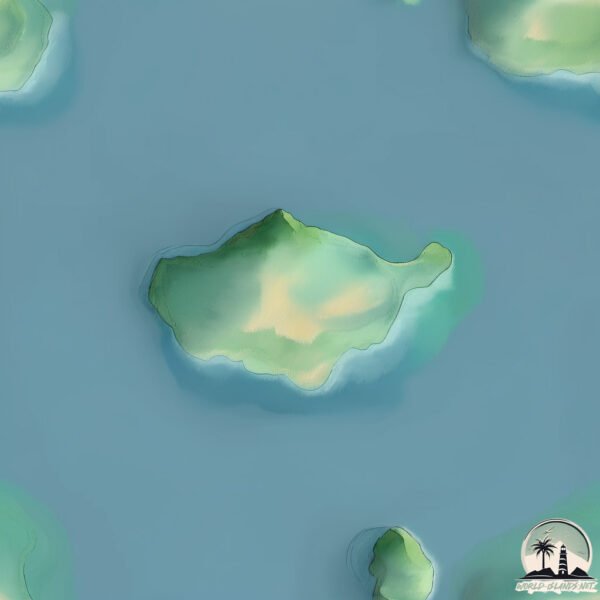Hòn Mây Rút

Welcome to Hòn Mây Rút, a Tropical island in the Gulf of Thailand, part of the majestic Pacific Ocean. This guide offers a comprehensive overview of what makes Hòn Mây Rút unique – from its geography and climate to its population, infrastructure, and beyond. Dive into the details:
- Geography and Size: Explore the island’s size and location.
- Climate and Weather: Weather patterns and temperature.
- Topography and Nature: Uncover the natural wonders of the island.
- Infrastructure and Travelling: Insights on reaching, staying, and making the most of your visit.
- News and Headlines: Latest News.
Geography and size of Hòn Mây Rút
Size: 0.381 km²
Coastline: 2.7 km
Ocean: Pacific Ocean
Sea: Gulf of Thailand
Continent: Asia
Hòn Mây Rút is a Tiny Island spanning 0.381 km² with a coastline of 2.7 km.
Archipel: –
Tectonic Plate: Sunda – Extends across Southeast Asia, encompassing parts of the Sunda Shelf, known for its interaction with the Australian Plate, contributing to volcanic activity in Indonesia.
The geographic heart of the island is pinpointed at these coordinates:
Latitude: 9.91144722 / Longitude: 103.98985207
Climate and weather of Hòn Mây Rút
Climate Zone: Tropical
Climate Details: Tropical Monsoon Climate
Temperature: Hot
Climate Characteristics: Characterized by heavy rainfall, high humidity, and uniformly high temperatures, but with a distinct short dry season. It features a seasonal reversal of prevailing wind directions.
Topography and nature of Hòn Mây Rút
Timezone: UTC+07:00
Timezone places: Asia/Jakarta
Max. Elevation: 10 m
Mean Elevation: 8 m
Vegetation: Evergreen Needleleaf Forest
Tree Coverage: 94%
The mean elevation is 8 m. The highest elevation on the island reaches approximately 10 meters above sea level. The island is characterized by Plains: Flat, low-lying lands characterized by a maximum elevation of up to 200 meters. On islands, plains are typically coastal lowlands or central flat areas.
Dominating Vegetation: Evergreen Needleleaf Forest
Dominated by evergreen coniferous trees such as pines and firs, which retain their needle-like leaves throughout the year. These forests are often found in cooler climates. Hòn Mây Rút has a tree cover of 94 %.
Vegetation: 2 vegetation zones – Low Diversity Island
Islands with two distinct vegetation zones offer slightly more ecological variety. These zones could be due to differences in elevation, moisture, or other environmental factors. While still limited in biodiversity, these islands may offer a contrast between the two zones, such as a coastline with mangroves and an inland area with grassland.
Infrastructure and Travelling to Hòn Mây Rút
Does the island have a public airport? no.
There is no public and scheduled airport on Hòn Mây Rút. The nearest airport is Phu Quoc International Airport, located 28 km away.
Does the island have a major port? no.
There are no major ports on Hòn Mây Rút. The closest major port is DUONG DONG, approximately 34 km away.
The mean population of Hòn Mây Rút is 177 per km². Hòn Mây Rút is Moderately Inhabited. The island belongs to Vietnam.
Continuing your journey, Phu Quoc is the next notable island, situated merely km away.
Tham quan hòn Mây Rút Ngoài ở Phú Quốc /Touring May Rut Ngoai a small island in Phu Quoc



Vietnam is classified as Emerging region: G20: Group of Twenty – Major economies comprising both developed and emerging countries, representing the world’s largest economies. The level of income is Lower middle income.
News – Latest Updates and Headlines from Hòn Mây Rút
Stay informed with the most recent news and important headlines from Hòn Mây Rút. Here’s a roundup of the latest developments.
Please note: The data used here has been primarily extracted from satellite readings. Deviations from exact values may occur, particularly regarding the height of elevations and population density. Land area and coastline measurements refer to average values at mean high tide.
